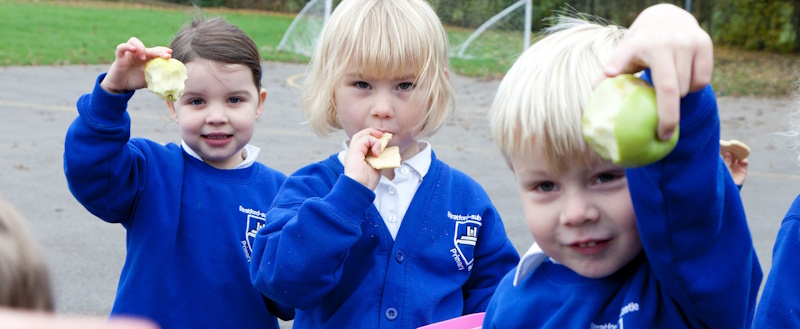The benefits of participation in Wiltshire surveys of pupil health and wellbeing
Wiltshire schools are offered regular opportunities to participate in pupil surveys of health and wellbeing.
The large number of respondents provide confidence that the findings are broadly representative of young people in Wiltshire and help inform commissioning decisions and local service development.
Participating schools receive a useful summary report, like this example, presenting their school data and comparing it to the county cohort from their phase.

How Wiltshire schools use the findings
Responses from participating schools have clarified the ways in which the findings have been used.
Taking part in the survey provides a useful opportunity for pupil voice and 40% said that the results were used to further support pupil voice activities.
Many of these findings can be shared with parents, pupils and 36% of schools used the results to inform governors. 28% shared with staff, as part of a CPD event.
This data will not only provide useful evidence for Ofsted but will highlight areas where the school is doing well, where compared to the findings from other schools, and can also highlight areas for development.
Schools use the data to inform their Self Evaluation Framework (48%), to inform policy and/or strategy (36%) and action planning (20%).
56% said that they used the results to develop school pastoral support, 28% to identify and address a specific need and 12% to inform a wider assessment of need.
When we asked participating schools how they had used the results of the survey 56% said that they had used the data to more effectively plan and deliver their PSHE Education curriculum, responding to the identified needs of pupils.
The data can help schools to identify health priorities that can become a focus for Healthy Schools work. 36% of schools said that they used the data as part of a Healthy Schools application and 16% used the data as part of a Healthy Schools case study.
Some schools have used the data to support a successful bid for additional resources, to address an identified need.
Examples from Wiltshire Healthy Schools
Many Wiltshire schools use the data to identify and address health priorities, which enables them to demonstrate measurable improvements and to achieve the Wiltshire Healthy Schools award.
Box CE Primary School
Box Primary School used data to select and address health priorities (2022-2023). The school implemented interventions to increase activity and to introduce mindfulness strategies, gathering data to measure change. They were able to demonstrate a measurable increase in pupils' daily steps and activity, alongside an improvement in mindset.
Ludgershall Castle Primary School
The school used survey data to triangulate staff observations of healthy eating and to identify a Gold Healthy Schools award case study (2021-2022). This was a good opportunity to improve the quality of packed lunches. Following an intervention, data showed that children were making healthier choices about the contents of their lunch box. Children eating fruit and vegetables had increased and there was a decrease in chocolate and crisps in lunchboxes.
St Nicholas CE Primary School, Porton
The school used the data to identify health priorities (2022) and devised a project to support children to make healthier food choices. Following the school's Healthy School intervention and surveys to measure impact, the school reported that children choosing a portion of fruit or vegetable at snack time increased from 50% to 94%.

St Peter’s CE Academy, Chippenham
The 2021 survey supported staff observations that some children felt more stressed by school. Following a Healthy Schools intervention (2021-2022) some of the outcomes included: a 52% increase in pupils able to describe two or more techniques to help self-regulate their emotional wellbeing, a 38% increase in pupils able to name one way to self-regulate their emotions and 11% more children knowing a trusted adult they can talk to if they needed help.
Studley Green Primary School
The school focussed on data related to feelings of safety at school. In response, an action plan was developed for a Wiltshire Healthy Schools case study (2020-2022) showing areas they set out to introduce or improve, with intended impact and measurable outcomes. Following the implementation of the plan the school was able to provide evidence of success.

